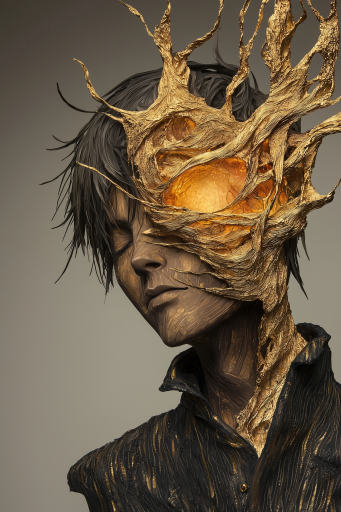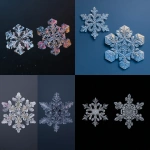Explore the Best AI Image Gallery

Harnessing AI in Product Photography: Transforming the Visual Marketing Landscape
In the competitive world of e-commerce and marketing, product photography has always been a vital component in attracting customers. Advances in artificial intelligence (AI) technologies are now poised to revolutionize this field, offering new tools and methodologies that can enhance creativity, efficiency, and overall customer experience. The implications of AI in product photography extend beyond mere image enhancement; they touch the core of creative processes, raise ethical questions about authenticity, and forecast a future direction for the industry.
The Rise of AI in Product Photography
AI tools have increasingly become a staple for creative professionals, offering automation capabilities that reduce time and resource consumption. From image recognition to neural networks, AI is enabling photographers to create stunning images with less manual intervention. For instance, tools like Adobe Photoshop and Lightroom have incorporated AI algorithms that can automatically enhance images, suggest edits, and even create entirely new backgrounds. This allows photographers to focus on creative aspects rather than spending hours on technical adjustments.
Potential Uses of AI in Product Photography
AI can be leveraged in several unique ways when it comes to product photography, including:
- Automated Image Editing: AI tools can streamline the process of touching up photos by automatically detecting and correcting blemishes, adjusting colors, and improving lighting. This accelerates the workflow and ensures consistent quality across product images.
- Background Removal: AI-powered solutions can instantly separate products from their backgrounds. This feature is invaluable for e-commerce platforms looking to present products in a variety of settings without the need for extensive manual editing.
- Style Transfer: AI can apply specific artistic styles or themes to images, aligning with brand identities and marketing campaigns. This ensures that product images are not only appealing but also consistent with a company's overall branding strategy.
- 3D Product Representation: AI can also facilitate the creation of 3D models of products, allowing customers to interact with items in a digital space, which enhances the online shopping experience.
- Personalization: Utilizing customer data, AI can customize product displays based on user preferences, leading to more engaging shopping experiences.
Impact on the Creative Industry
The growing integration of AI into product photography raises fascinating discussions about the future of creativity in various sectors. While some argue that AI could supplant human artists and photographers, it is more realistic to view AI as a tool that amplifies human creativity. It can democratize high-quality photography, making it accessible for small businesses and individual creators who may not have the budget for professional photography services.
Furthermore, as AI continues to evolve, it is likely that the role of the photographer will shift towards that of a creative director, focusing on concept and strategy instead of manual techniques. In this context, the collaboration between human creativity and AI efficiency presents an exciting opportunity for innovation.
Ethical Considerations
As with any disruptive technology, the rise of AI in product photography raises ethical questions. One of the primary concerns is around authenticity. With AI's ability to alter images dramatically, the lines between reality and manipulation can become blurred. This is particularly critical in product representation, where misleading images can undermine consumer trust.
Another ethical issue lies in the potential job displacement for photographers and editors. While AI may enhance productivity, it could also lead to redundancies in certain creative roles. Addressing these challenges will require industry engagement and potentially new regulatory frameworks to ensure that the adoption of AI contributes positively to the workforce rather than diminishing it.
The Future of AI in Product Photography
Looking ahead, the future of AI in product photography is likely to be characterized by continued advances in machine learning and computer vision. We can expect to see more sophisticated tools that not only enhance visual quality but also help brands tell compelling stories through their images. Consider the possibilities:
- AI-generated imagery will evolve, enabling brands to create entirely new visual content that resonates with diverse target audiences.
- Increased collaboration between AI and human creativity will produce a new genre of artworks, inviting more innovative approaches to visual marketing.
- As AI continues to learn from customer interactions, it will be able to predict and generate the types of images that are most compelling for specific demographics, further personalizing the shopping experience.
Conclusion
In summary, AI is undeniably reshaping the landscape of product photography, presenting unique opportunities while also raising critical ethical considerations. The future holds promise for a symbiotic relationship between human creativity and AI technology, one that will redefine how products are represented and marketed. As the industry continues to evolve, embracing these changes thoughtfully will be crucial for all stakeholders involved.








